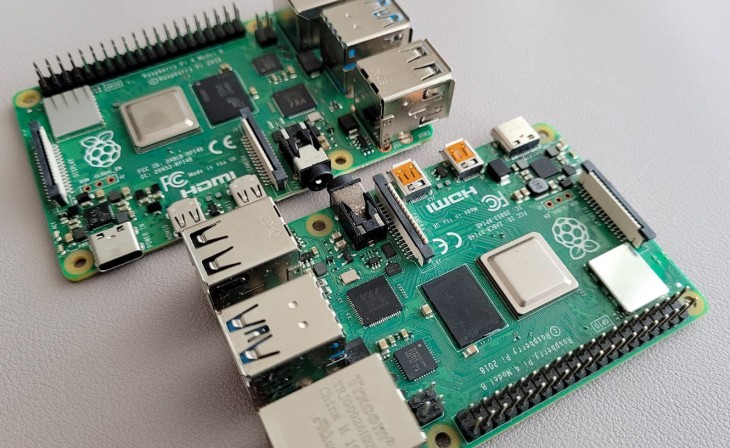Raspberry Pi 5 4GB vs 8GB: Comprehensive Comparison
Raspberry Pi 5 Specifications: A Closer Look
The Raspberry Pi 5 boasts significant upgrades from its predecessor, including a BCM2712 SoC, an Arm Cortex-A76 64-bit CPU at 2.4 GHz, and an 800 MHz VideoCore VII GPU. It supports 4Kp60 HDMI output with HDR, offers various RAM options (1GB, 2GB, 4GB, 8GB), and provides ample storage solutions including Micro SD and M.2 NVMe SSD via a compatible HAT. The board maintains the classic 40-pin GPIO layout, features both USB 2 and USB 3 ports, and includes a range of connectors like 2x 4-lane MIPI, PCIe 2.0, and more. Networking capabilities include Gigabit Ethernet and dual-band 802.11ac Wi-Fi, and the device can be powered through multiple methods including USB-C, PoE+ HAT, and GPIO.
Raspberry Pi 5 4GB vs 8GB: Performance and Usage
To determine the practical differences between the 4GB and 8GB models, we conducted a series of tests. These tests focused on processing power, multitasking abilities, and overall system performance under various workloads.
Also Check Comprehensive Guide to Cyber Week PC Gaming Deals in the UK (2023)
Cost-Benefit Analysis: 4GB vs 8GB
While the 8GB model stands out with its larger memory, providing enhanced performance for more demanding applications and multitasking, it comes at a higher cost. The 4GB version, priced at $55, offers a more budget-friendly option. The analysis aims to evaluate if the performance difference justifies the price gap for typical use cases.
Use Case Scenarios: Who Should Opt for Which Model?
The decision between the 4GB and 8GB models depends on the intended use. For general computing, light programming, and educational purposes, the 4GB model may suffice. However, for more intensive tasks such as complex simulations, high-end gaming, or server applications, the 8GB model's extra memory could be crucial.
Future-Proofing and Expandability
With the upcoming release of the 1GB and 2GB models, the Raspberry Pi 5 range will cater to a wider audience. This section explores the future-proofing aspect of each model, considering the evolving demands of software and the potential need for upgrades.
Conclusion: Making the Right Choice
Our findings suggest that while the 8GB Raspberry Pi 5 offers superior performance, the 4GB version represents a more cost-effective solution for many users. The choice ultimately depends on individual needs and budget considerations. The Raspberry Pi 5, in both its variants, continues the legacy of providing versatile, powerful computing solutions at an accessible price point.




